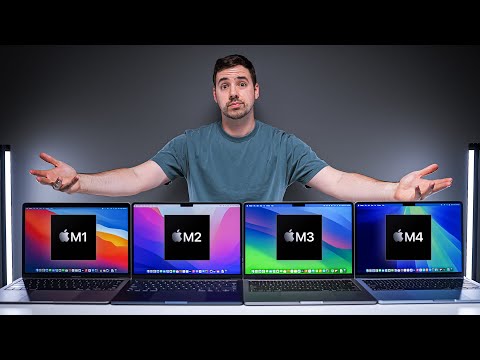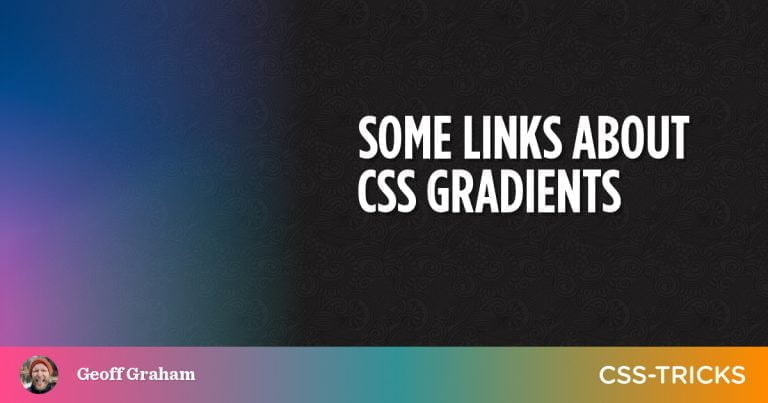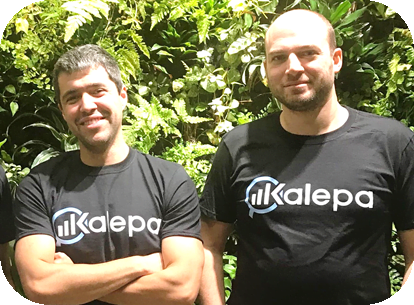
Making $100,000 as a freelancer is not difficult. Making $100,000 and staying sane is the real challenge.
If you have been freelancing for a while, there’s a good chance that you find the above statement relatable. If, on the other hand, you are new, here’s news:
You have to wear many hats as a freelance business owner.
I use “freelance business owner” instead of “freelancer” because in order to put food on the table, a freelancer has to do almost everything a small business owner does.
Besides working on projects (duh!), freelancers have to:
- Market themselves just like a business
- File taxes, raise invoices, keep a track of expenses, follow up on payments, just like a business
- Work on establishing a brand, just like a business
- Maintain exceptional levels of personalized client servicing, just like a business
In other words, freelancers have to operate just like a business, but usually without the support of having a team working for them.
Doing all that alone, while still delighting clients with exceptional work and visible respect for deadlines is extremely challenging.
So much so that the inability to manage all these tasks and deliver quality at the same time is perhaps the biggest barrier that stands between average freelancers and exceptional ones.
While freelancers may not have the resources that a digital marketing agency has, thankfully, in today’s time, we have tools that when used right, can enable you to squeeze out superhuman amounts of productivity from your time and efforts.
In this article, we will explore a few of the most awesome such tools. I’ve decided to categorize them into three categories. Let’s look at them in detail:
Specialised Tools
Table of Contents
Specialised tools are the ones you need to execute your core competency. These tools vary with the varying craft of different freelancers.
Those who work with videos will need a different set of tools than those who write ad copies. Developers and designers will require different set tools to effectively do what they do best. SEO experts will need a dependable backlink checker and content writers will need a dependable editing app.
For this reason, I will not be listing any tools under this section. As a freelancer, you may already know about the best or the most popular tools used by successful professionals in your respective field.
Even if you don’t, a series of simple Google searches ought to reveal the answer.
With that said, there are certain tools that can come in handy for all freelancers, regardless of the nature of their craft.
These will be discussed in the following sections (with my personal recommendations of the best tools):
Productivity Tools
Maintaining high levels of productivity is one of the essentials of succeeding as a freelancer. The ability to get more done in less time can be boiled down to one attribute- focus.
People like Tim Ferris (popular blogger and author of The 4-Hour Work Week) and Chris Bayley (author of Hyperfocus) have proven that with enough focus, people can produce a superhuman amount of output in a relatively small window of time.
Most productivity tools are designed to reduce distractions or restrict your access to distractions, effectively allowing you to reap maximum benefits from the resultant focus.
Most of these apps achieve this by either helping you organise your tasks and time better or by simply helping you restrict the number of things that are allowed to distract you.
Here are examples of both:
Evernote (Organisation)
Evernote is an award-winning, extremely popular note taking app. However, the description “note taking app” gets nowhere near to explaining the exceptional organisational capabilities of Evernote.
We’re talking about serious features like the ability to create to-do lists, manage files, manage documents like receipts, invoices, and boarding passes, and write quick notes.
One Tab (Reducing Distractions)
One Tab does exactly what the name suggests. The app allows you to create a distraction-free digital environment by remembering all the tabs you have open and then letting you choose the single tab you want to keep open.
This way, you can give your entire dedicated focus to the single open tab and when you are done with the task at hand, you can use One Tab to find all the other tabs that you had open before.
Coggle (Organisation)
Coggle is a web application that allows you to create detailed mind maps, even if you are a beginner.
If you don’t know about them, mind maps are an excellent way to organise your thoughts and Coggle is an excellent yet incredibly intuitive and user-friendly mind map creator.
Pomodoro Timer (Reducing Distractions)
Pomodoro Technique is a well-known productivity technique that involves splitting your time into a long and productive window followed by a short “break” window.
Pomodoro Timer allows you to do exactly that. You can choose between the traditional 25 minutes of “work time” and 5 minutes of “break time” cycles or customise them according to your comfort.
Collaboration Tools
If you are trying to survive in the world as a remote resource or professional, having access to popular and effective collaboration tools is an absolute mandate.
While many of the collaboration tools you use will fall into the category of specialised tools (like Freame.io for video producers), there are others that can prove incredibly useful for most freelancers:
Slack (Communication)
Team communication tool Slack probably needs no introduction. Still, if you don’t know about it, the tool is a Godsend when it comes to managing multiple streams of communication. You can create group chats for different projects, include different people in different groups and ensure you never miss out on any communication from a collaborator or a client.
Google Drive (Document Storing/Sharing)
Google Drive is another well-known cloud platform. It allows you to store documents and share them with anyone seamlessly. Connected apps such as the Google Docs and Google Sheets allow you to collaborate with clients and collaborators on the same document.
Marketing Tools
Marketing oneself effectively is perhaps the most important thing that successful freelancers do better than their average counterparts.
With limited resources, budget, and time, freelancers must be very careful about the marketing strategies they employ so as to produce maximum possible benefits by investing as little time and effort as possible.
Here are a few tools that will help you automate the most time-consuming parts of your marketing efforts:
GMASS (Cold Email Outreach)
Cold emails have been responsible for the beginning of several great businesses and is a widely used strategy by many successful freelancers.
With that said, cold emailing is hard. GMASS takes some of the pain out of cold emailing with its amazing features that allow you to send customised emails and automated follow-ups.
The best part is that GMASS is free to use as long as you are sending up to 50 emails a day.
ActiveCampaign (Email Marketing)
If you have an email list, email marketing can be a powerful marketing tool. ActiveCampaign allows you to create custom drip campaigns that let you automate your marketing efforts, saving you hours’ worth of work.
Zapier (Automation)
Zapier is a popular automation tool that connects with your online apps like Gmail and ActiveCampaign. It then allows you to integrate the apps and create automated workflows without having to depend on coders or having any coding expertise. Such integrations can then be used to automate repetitive tasks, letting you accomplish more with less effort.
Sales Navigator is one of the more pricey tools on this list but if you are selling services to other businesses (something most freelancers do), it can be an incredible addition to your marketing arsenal.
Sales Navigator allows you to laser target prospects from LinkedIn’s database with customised messages and InMails.
Invoices And Documents
Producing documents like contracts and invoices, and getting them signed is one of the most mundane but most important aspects of being a freelancer.
Such documents don’t just ensure that you are getting paid for your efforts but also help you to present yourself professionally in front of prospective clients and ensure complete clarity of tasks and responsibilities associated with various projects.
In other words, taking care of the legal side of the business allows you to ensure a smooth and delightful experience for yourself and for your clients.
Some of the most popular tools used by freelancers for producing and managing legal documents and accepting digital payments are:
HelloSign (Legally-Binding Digital Signatures)
HelloSign allows you and your clients to sign legally binding contracts without having to physically be present in the same location. It accomplishes this by letting users upload their own signatures that can be used on contracts.
Payoneer (Payments)
Payoneer is a well-known online payment platform. It allows freelancers to collect online payments from clients. The clients are free to choose from a variety of payment options and freelancers can even accept payments from international clients.
Conclusion
Having the right tools will help you get more done with less effort. This doesn’t just let you improve your productive output, it also enables you to avoid complete burnout in the long run.
With those points in mind, it is safe to say that having the right “tech-stack” is just as important for freelancers as it is for online (or offline) businesses.
Did I forget to mention your favorite digital tools? Share them with me (and everyone reading this) in the comment section below!
Photo by Ewan Robertson on Unsplash






